Unless there is a manufacturing problem films do not have “faults”, they have “features”. So in the review below I shall mention some of the features of this film. Let me start by saying I like the film for its features, the fact that it dries completely flat, it’s from a manufacturer other than Ilford and Kodak, and its cheap.
The town is Biei in the middle of Hokkaido, Japan, with a population a little under 10,000 declining by about 100 per year over the last 10 years as youngsters decline a farming and isolated life and move to the cities, and as the grim reaper takes his share.
I exposed the film at box speed and stand developed in Rodinal. Negatives were scanned on an Epson GT-X900 using VueScan without any presets, and processed in RawTherapee if necessary, and some images are shown as straight scans. Night shots were taken at 1/30th and f2 necessarily with unexposed areas, daytime in generally sunny or cloudy bright light 1/125 and f8, over-exposing 1-2 stops for some images.
Biei, on the edge of the largest national park in Japan, was made famous by landscape photographer Shinzo Maeda for its rolling hills – rather like the English Midlands – and the farm and forest land. The station provides convenient easy transport to two nearby cities and the airport is also only 10 minutes away (but that’s almost the end of the good features of Biei!).
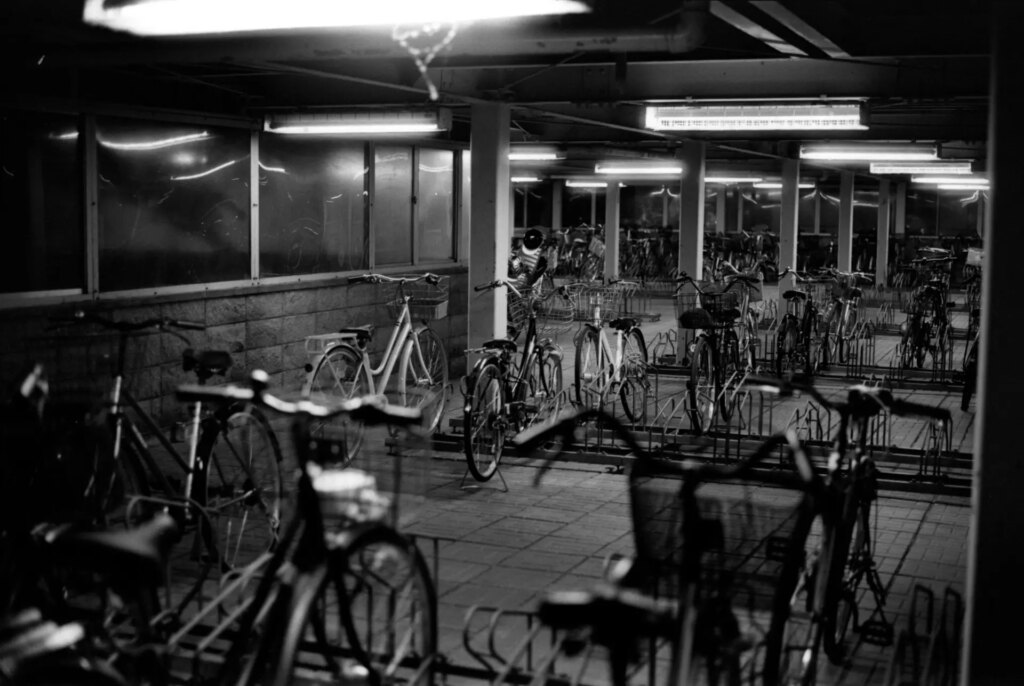
The waiting room (featured image) and bike shed at night, both straight scans. By chance correct exposure for my tastes! Note the glow around the shed lights.
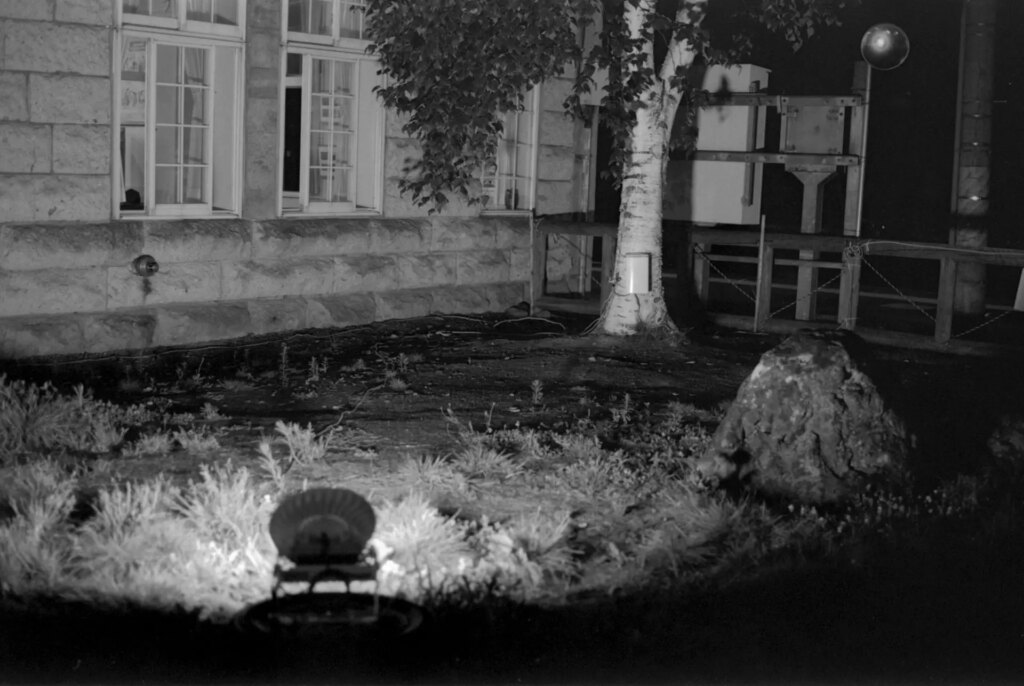
Admire the halo around the reflection of the light in the mirror to the right. A lot of information was recovered from the at first seemingly black area between the foreground light and the tree.
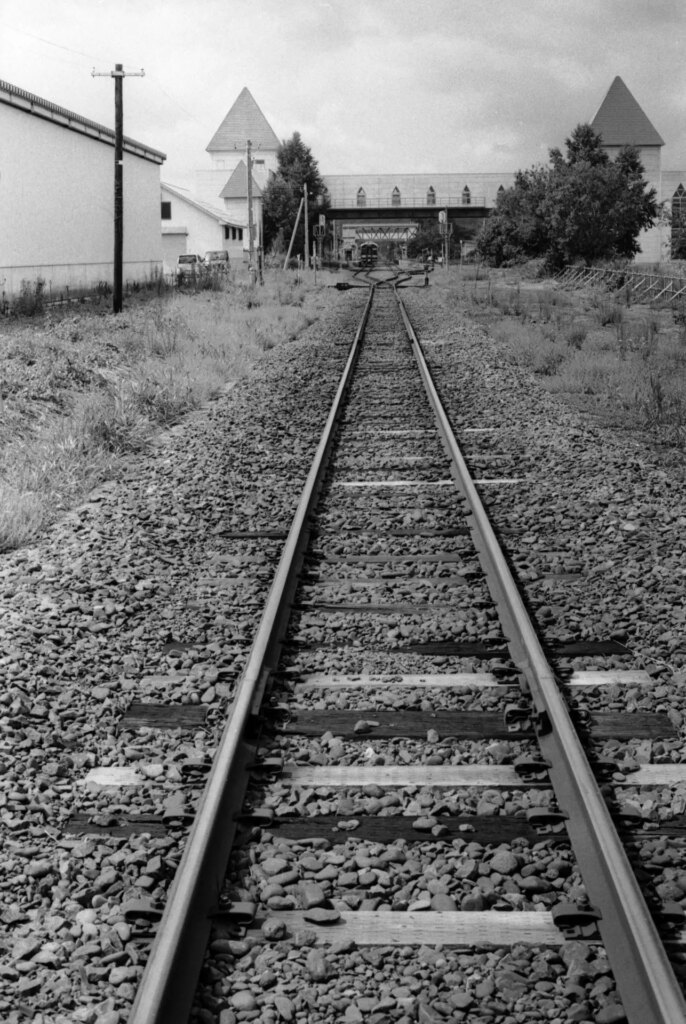
Train line and station by day. This was definitely over-exposed but curve changes brought back a more acceptable rendition.
And, yes, there are some other good things about Biei – my favourite izakaya! “Nanja monja” (“what on earth is this?!”), in a very old building.
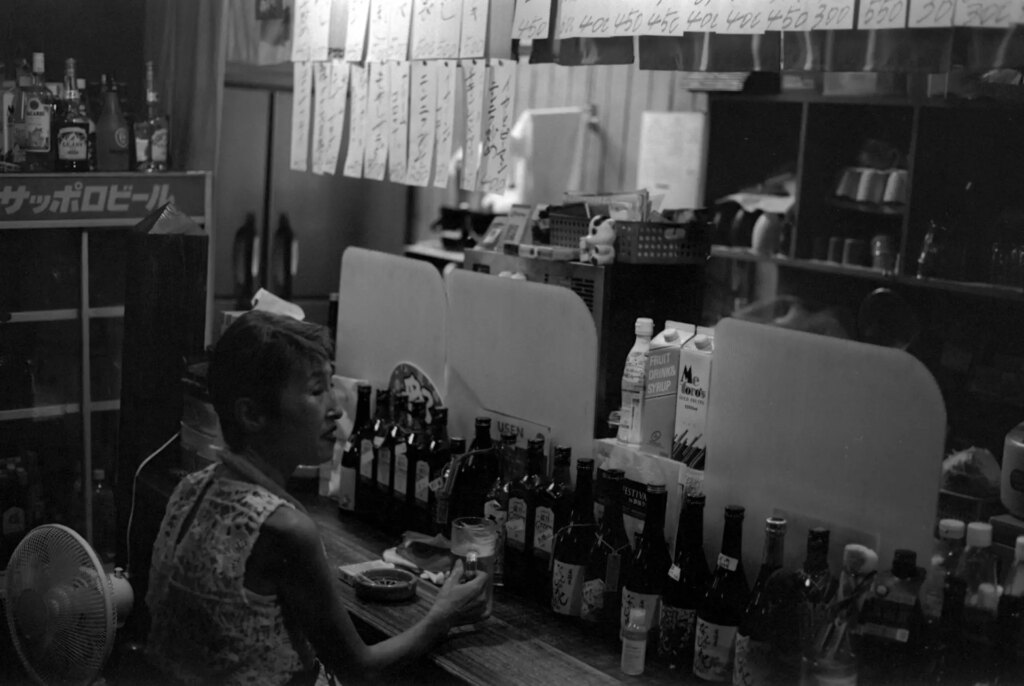
The chef said most of the profit comes from drinks not his (excellent but cheap) food, and the problem in the summer months is Asian tourists (Korean and Taiwanese primarily) who come to eat but don’t drink much. He prefers locals, regulars he knows well.
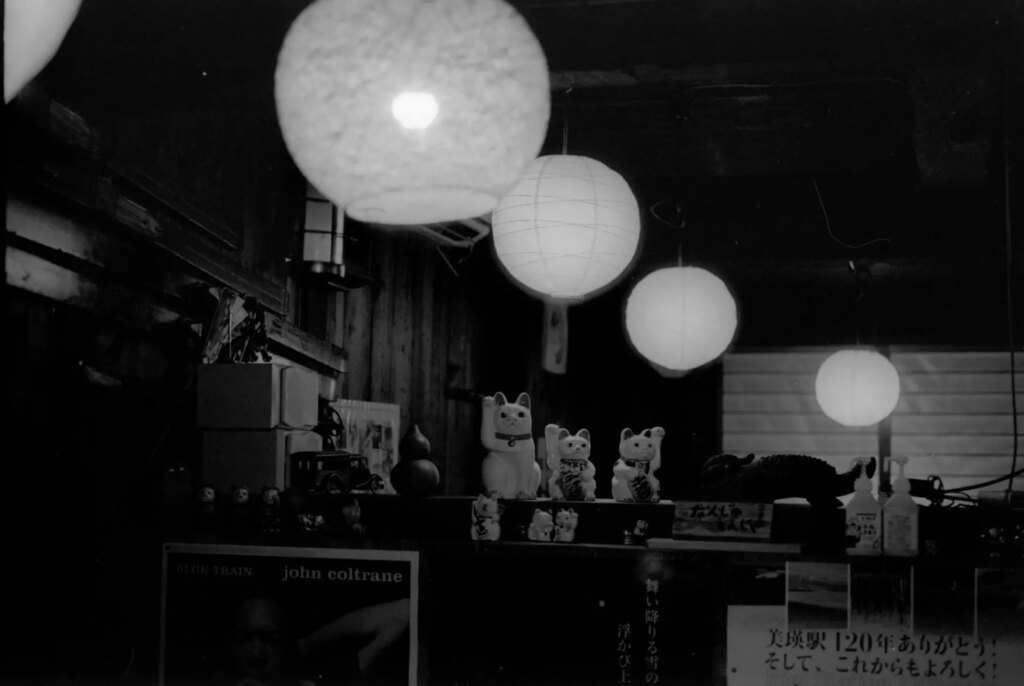
Again in both images a lot of data was recovered in the dark areas including the sign in the lower right commemorating Biei’s existence for 120 years. Highlight contrast reduction also recovered the light bulb in the light top left.
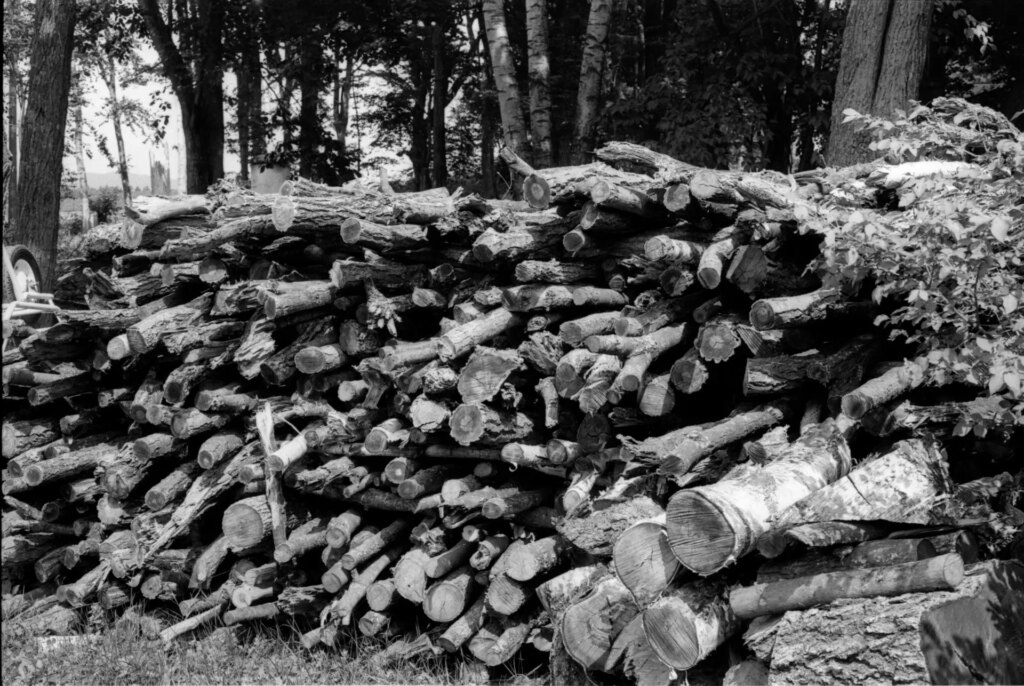
In a small park on the edge of town fallen branches and trees have been cut and piled up. Trying some curve adjustment to reveal a little more of the dark background and overexposed areas in bright sunlight left the mid-tones an unattractive grey, so the image shown is an unadjusted scan.
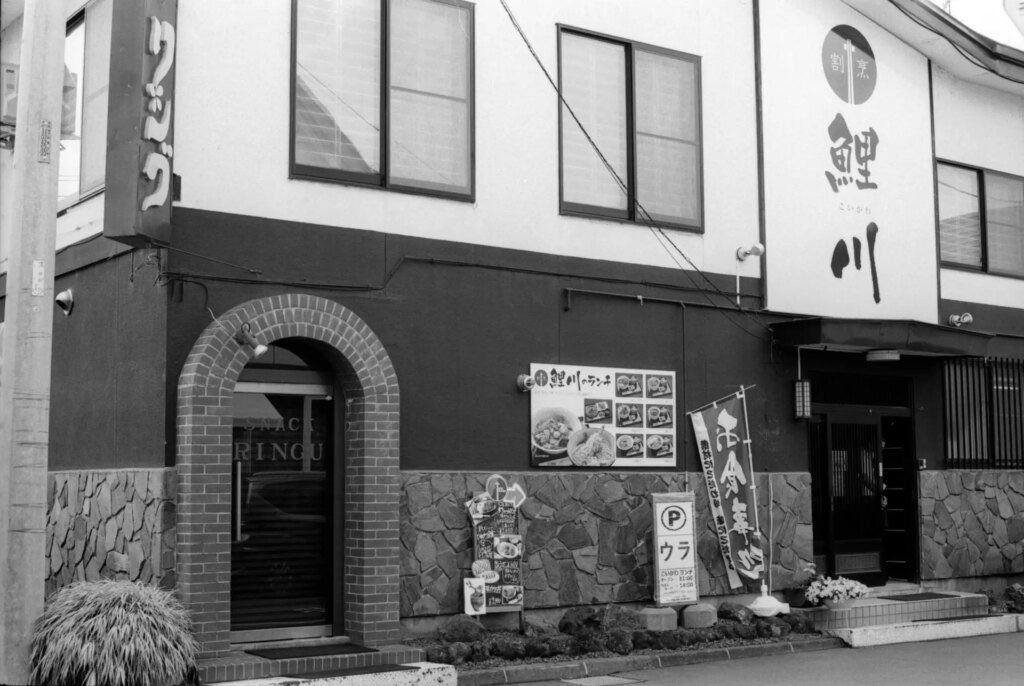
Another highlight of Biei is “Ring” – a “snack” bar (drinking/karaoke/talkative female staff). The female employees are chosen for their variety of shapes and sizes, tall/short, slim/chubby, dark/blond, old/’young’. Locally referred to as “Biei Zoo”. To the right of the image is a fish restaurant with some of the same staff.
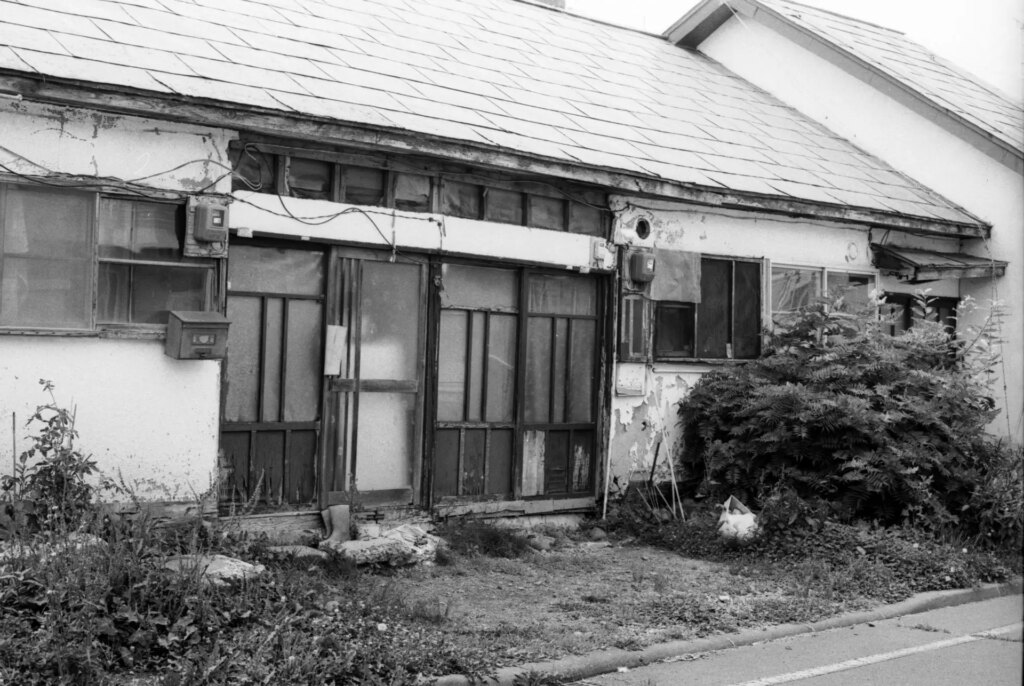
An abandoned hose, of which there are several. Some formerly abandoned houses have been demolished to make another parking lot, small playground or public garden, garden space for someone, just space or occasionally for rebuilding. The loss of older residents robs the town of its history, the many events important to the town at the time and the unique experiences of its residents. One recent event, about 5 years ago, was two typhoons hitting the area within a week. Damage was done, not so much by the wind but by the rain. Huge quantities dumped on the mountains, rushing down the hillsides filling the river, overwhelming flood defenses, overflowing the flood plain, filling underpasses with water and flooding into town. Many homes in this area were evacuated.
In conclusion I like the film but it needs to be treated and exposed more carefully than in my test. In a way I’m surprised it’s often recommended for beginners – yes, it’s cheap but care over exposure is required. A lot of data can be easily recovered from the dark areas in the night images, while in daytime it often seems more over-exposed than expected. I think this film might be better exposed differently for nighttime and for daylight use. At box speed I really like working with the night-time images. I also like the halos around lights though this would need to be used sparingly.
At a later date I shall follow up with an under/overexposure test to check some of my impressions.
Share this post:
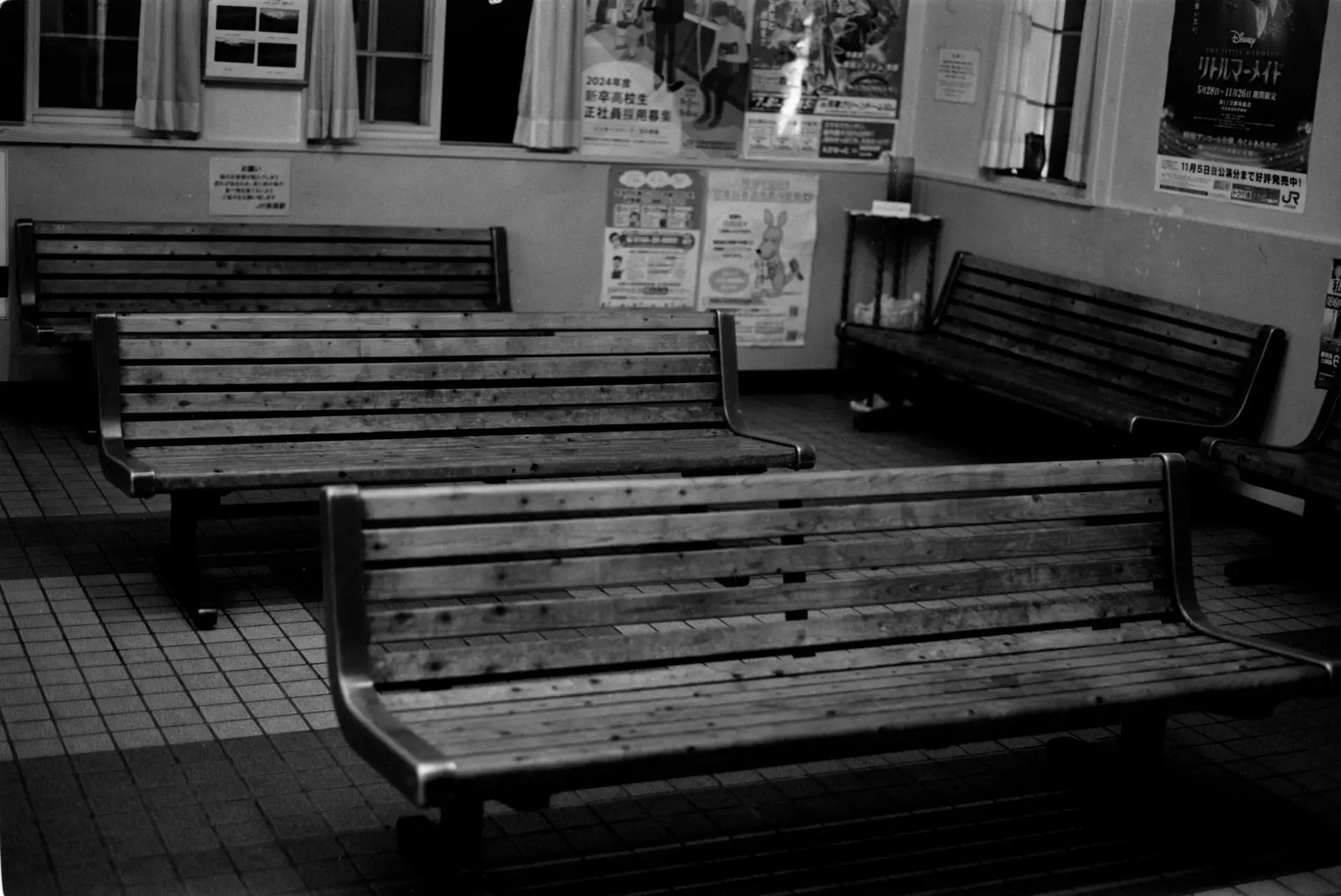








Comments
Ralph Turner on FOMA 100 Classic, and a Small Town in the Middle of Nowhere
Comment posted: 28/09/2023
Comment posted: 28/09/2023
Peter Kay on FOMA 100 Classic, and a Small Town in the Middle of Nowhere
Comment posted: 28/09/2023
Peter
Comment posted: 28/09/2023
Julian Tanase on FOMA 100 Classic, and a Small Town in the Middle of Nowhere
Comment posted: 29/09/2023
Now, the Foma 100 is one of my go to films, if I need something decent and predictable. Got some bulk rolls of 100 and 200, and I am still to reload some cassettes with these.
Really nice images and as usual, great read from your places visited, Thank you !
Comment posted: 29/09/2023
jeremy on FOMA 100 Classic, and a Small Town in the Middle of Nowhere
Comment posted: 30/09/2023
For experienced black and white photogs, it's a fantastic stock. I rate it at 400 and stand develop either in either
DDX 1 9 for 45 minutes
-or-
rodinal 2 parts hc110 2 parts 96 parts water
Either of those combos will give you about the best results a black and white 400 stock can give. I don't share the same view of FOMO 400 though - shot at 400 I've always been disappointed, and using the same stand techniques is just doesn't end well at either 800 or 1600. I flip over to HP5 if I want to go beyond 400. I do take Kentmere 400 to 800 with stand dev, but it comes up a bit short of the quality of HP5.
Figital Revolution on youtube is where I heard about the hc110 rodinal trick. That's my go-to now because it's cheaper than DDX.
Comment posted: 30/09/2023
Daniel Castelli on FOMA 100 Classic, and a Small Town in the Middle of Nowhere
Comment posted: 01/10/2023
A nice collection of photos. Well thought out and good editing. A tight presentation.
This past summer, I bought a few rolls of Foma 200 & 400. Primarily to see if I could find a less expensive alternative to HP-5. I found the Foma films befuddling. I’ve got 50 years working in B&W. I’m not a rookie. I found the films to be inconsistent and disappointing.
Looking at your work will push me to give them another go.
Comment posted: 01/10/2023